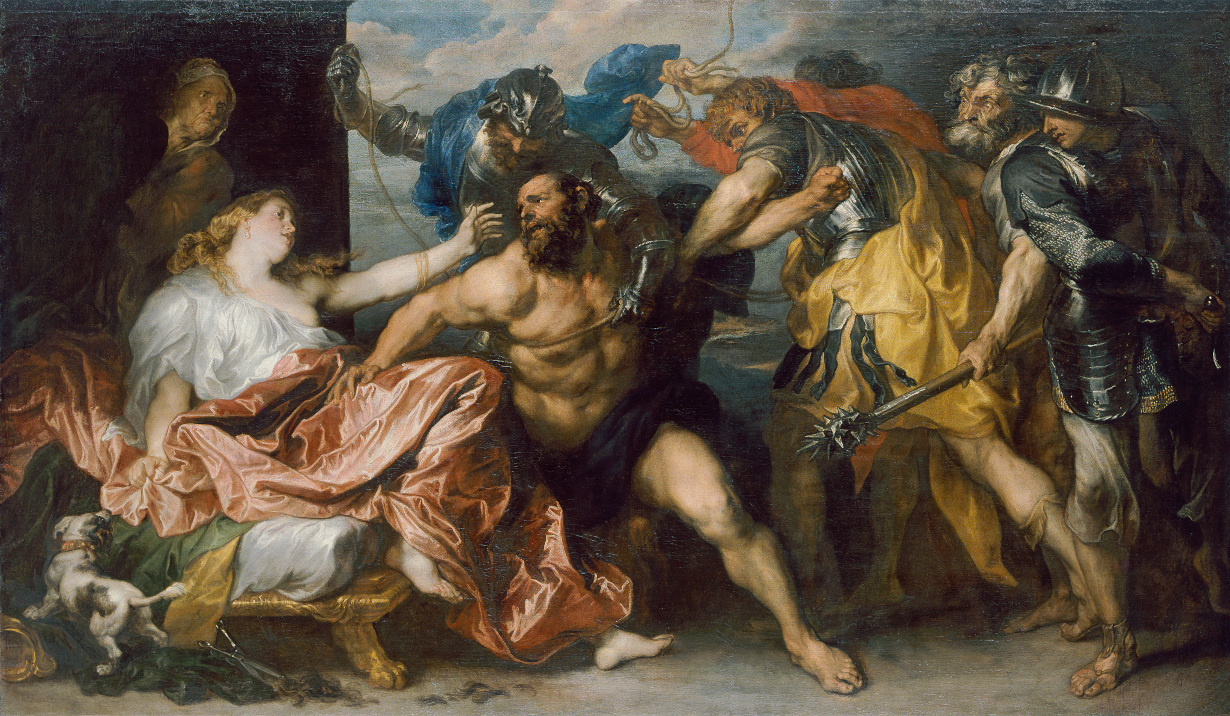Most scholars date the beginning of
the Christian Church in 30 AD, “the year Jesus was crucified, rose from the
dead, and ascended into Heaven” (Nickens). The Early Church is often referred
to as the Apostolic Age, stretching from 30 AD to roughly 100 AD (Nickens).
During this age, Christianity was largely opposed by the Roman Empire and
Christians were harshly persecuted. Much of what we know about the Early Christians
comes from the Gospels, the Acts of the Apostles, and the letters and epistles
of the Disciple Paul. These three sources detail the lives of Jesus, the
Apostles, and the Disciples of the Early Church and are a large chunk of the
Christian New Testament (Palmer, 112-113).
To understand the Early Christian
Church, we must first look at the life of Jesus. The Gospel of Matthew presents
the most story-like account of his life. Furthermore, it presents readers with
a direct link between Jesus and Ancient Hebrew history. In the Gospel of
Matthew, there is a distinct Jewish background. In regards to explaining the
demographics of the Early Church, it presents readers with a faction of the
early Christians—Jewish decedents. The Gospel of Matthew details the life and
work of Jesus and his Apostles and their ministry. In the Gospel of Matthew,
Jesus begins His work in His home of Jerusalem. He then travels around,
preaching in several different lands, landing in Galilee, and then returning to
Jerusalem. It is in Galilee that Jesus
calls his first disciples, Simon Peter and Andrew. These two were fishermen,
and they dropped everything to follow Jesus, believing He was the Messiah. Many
of the other Apostles were also of humble beginnings. Many of them were
fisherman like Peter and Andrew. For Christians, this serves as a metaphor for
being the fishermen of people through the preaching of Jesus’s teachings (Hiesberger,
275-290).
After the death of Jesus, the main
group of evangelists consisted of eleven Apostles and the Jewish-Convert, Paul.
The Acts of the Apostles outlines the works of the Apostles and Disciples after
the crucifixion, resurrection, and ascension of Jesus, including the conversion
of Paul that was said to be around 35 AD (Davies, 16). In the Acts of the
Apostles, the Early Community is presented as being in harmony on the meaning
of the teachings of Jesus and the need to spread the Word. However, there was
some dissent as to how to spread the Word and how vocal to be in spreading the
teachings due to the persecutions that were taking place at the time (Hiesberger,
334-350). During this time, the church demographic expanded as the Apostles and
Disciples went out to spread Jesus’s teachings. The Apostles mainly focused in
Syria, Palestine, Jerusalem, and Galilee (“The Lives of the Apostles”). The
letters of Paul spread more light onto where the Apostles and Disciples spread
their ministry. The Bible includes letters from Paul to the Romans,
Corinthians, Galatians, Philippians, Thessalonians, Ephesians, and Colossians.
He also wrote letters to several men including, Philemon, Timothy, and Titus (Hiesberger,
351-353). Many consider Paul to be the most influential Disciple. Throughout
his time on earth, he completed several missionary journeys to preach the Word
of God. These journeys are documented in the letters he wrote. Many of these
letters were written after he visited a place, serving as reminder to that
particular society of the teachings of Christianity (Palmer, 115). The
following image is a map of the Paul’s missionary journeys. As the map
suggests, Paul had a large reach within the Gentile community, spreading the
Word of God and the teachings of Jesus.
Works Cited
Davies, J. G. The Early Christian Church. New York:
Holt, Rinehart and Winston, 1965. Print.
Hiesberger, Jean
Marie. The Catholic Bible: Personal Study
Edition. New York: Oxford University Press, 2007. Print.
“Journeys of Paul.”
Christianity Oasis: Daily Bread
Devotional. Christianity Oasis, 2014. Web. April 5, 2014.
“The Lives of the
Apostles.” Religion Facts. Religion
Facts, 2014. Web. April 4, 2014.
Nickens, Mark.
“Resources for Studying Christianity & Church History.” Christian Timelines. n.p., 2004. Web.
April 4, 2014.
Palmer, Martin.
“Christianity.” World Religions.
London: Times Books, 2004. Print.



